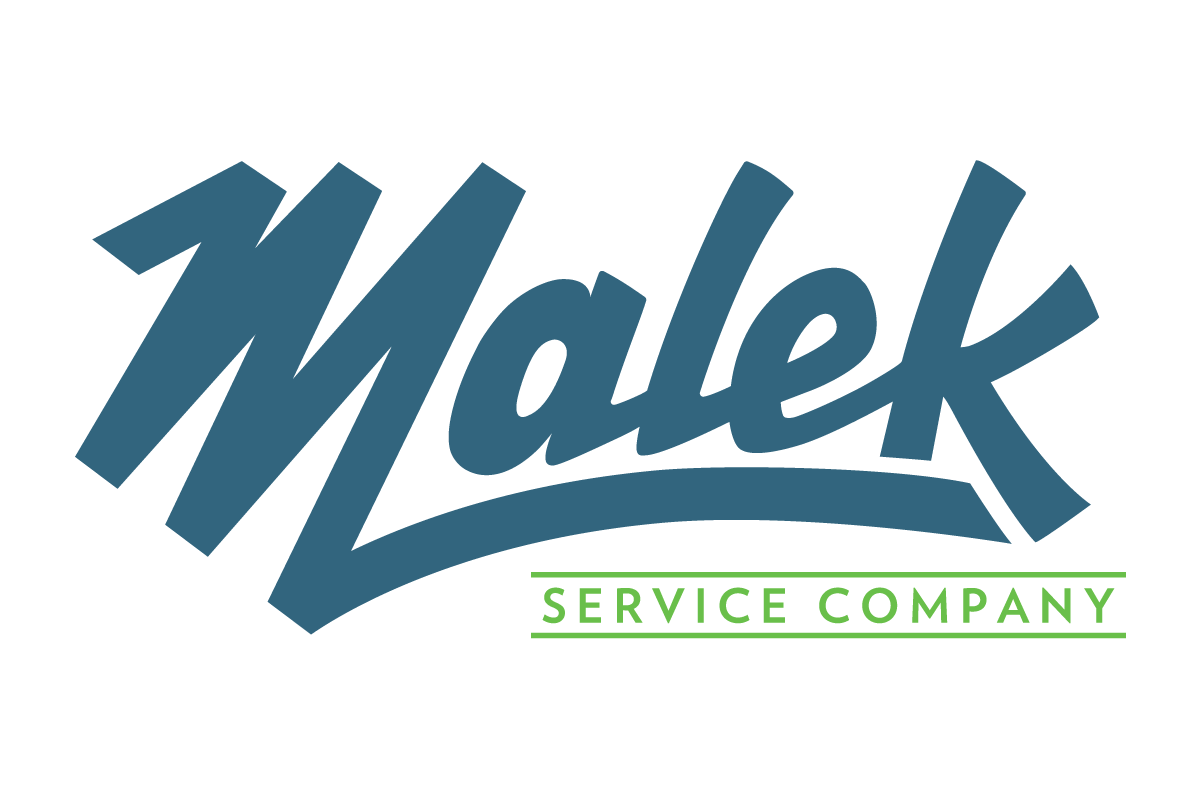Safe and Sound: Expert-Approved Strategies for Avoiding Carbon Monoxide Hazards
-

Safe and Sound:
Expert-Approved Strategies for Avoiding Carbon Monoxide Hazards
By Sherri Walbeck
Carbon monoxide (CO) is an odorless and colorless gas that can be extremely dangerous if not properly managed. Understanding the risks and sources of carbon monoxide is crucial for safeguarding our homes and workplaces. From the importance of carbon monoxide detectors to safe practices for fuel-burning appliances, and fireplaces. Additionally, we’ll discuss preventing carbon monoxide poisoning in vehicles, safety measures during power outages, and the importance of educating and protecting vulnerable populations. Let’s delve into these essential strategies to ensure your surroundings are free from carbon monoxide hazards.
What is Carbon Monoxide?
Carbon monoxide, often referred to as the “silent killer,” is a colorless, odorless gas that can be extremely dangerous to human health. It is produced by the incomplete combustion of fossil fuels such as wood, coal, natural gas, and gasoline.
Common Sources of Carbon Monoxide
Carbon monoxide can be emitted from a variety of sources, including malfunctioning fuel-burning appliances like furnaces, water heaters, and stoves. Other potential sources include fireplaces, wood stoves, generators, and even vehicle exhaust fumes when parked in an enclosed space.
Health Risks and Symptoms of Carbon Monoxide Poisoning
Breathing in carbon monoxide can lead to carbon monoxide poisoning, which can have serious health consequences, including dizziness, headache, nausea, confusion, and even death. It is crucial to be aware of the symptoms of carbon monoxide poisoning, especially if you suspect exposure.
Importance of Carbon Monoxide Detectors: Installation and Maintenance
The Role of Carbon Monoxide Detectors
Carbon monoxide detectors are your first line of defense against carbon monoxide poisoning. These devices sound an alarm when they detect dangerous levels of carbon monoxide in the air, providing you with a warning to evacuate and seek fresh air.
Proper Placement of Carbon Monoxide Detectors
To ensure their effectiveness, carbon monoxide detectors should be strategically placed throughout your home. Install detectors near bedrooms, on every level of your home, and within close proximity to fuel-burning appliances. Avoid installing them near windows, doors, or vents, as these areas may affect their accuracy.
Testing and Regular Maintenance of Carbon Monoxide Detectors
To ensure that your carbon monoxide detectors are working properly, it is essential to test them regularly. Follow the manufacturer’s instructions for testing, which usually involves pressing a test button. Additionally, replace the batteries at least once a year and replace the entire unit every 5-7 years.
Ensuring Safe Ventilation: Regular Inspection and Maintenance of Appliances
Regular Inspection of Ventilation Systems and Chimneys
Regularly inspecting and maintaining your ventilation systems and chimneys is essential in preventing carbon monoxide hazards. Clear any blockages, debris, or nests that may obstruct proper airflow. Ensure that vents and chimneys are properly connected and in good condition.
Maintenance Tips for Appliances and Ventilation Systems
Keep your fuel-burning appliances in good working condition by scheduling regular maintenance checks. Hire a qualified technician to clean and inspect appliances, ensuring proper combustion and ventilation. Additionally, clean or replace air filters as recommended by the appliance manufacturer.
Proper Usage and Maintenance
Proper Installation and Usage of Fuel-Burning Appliances
When installing fuel-burning appliances, ensure they are properly vented and comply with local building codes. Follow the manufacturer’s instructions for usage and never use appliances intended for outdoor use indoors. Never use ovens or stovetops as heating sources.
Regular Maintenance and Cleaning of Fuel-Burning Appliances
Regularly clean and maintain fuel-burning appliances to prevent the buildup of carbon monoxide. Follow the manufacturer’s instructions for cleaning and schedule professional maintenance when necessary. This includes removing any soot, debris, or dust that can interfere with proper combustion.
Signs of Malfunction and When to Seek Professional Help
Be vigilant for signs of appliance malfunction, such as yellow or flickering flames, soot accumulation, or excessive condensation. If you suspect an issue with your fuel-burning appliances or experience symptoms of carbon monoxide poisoning, evacuate immediately and contact a qualified professional for assistance.
Safety Measures for Indoor Fireplaces and Wood-Burning Stoves
There’s nothing quite like cozying up by the fireplace or wood-burning stove during the colder months. However, these sources of warmth can also be a potential source of carbon monoxide if not used safely.
To minimize the risk, always ensure that your fireplace or wood-burning stove is properly vented. Regularly inspect and clean the chimney to prevent blockages that can lead to carbon monoxide buildup. Additionally, never leave a fire unattended and make sure to extinguish it completely before leaving the room or going to bed.
Precautions for Using Gas Fireplaces and Logs
Gas fireplaces and logs offer a convenient and efficient alternative to traditional wood-burning options. However, they also require careful attention to minimize the risk of carbon monoxide exposure.
If you have a gas fireplace or use gas logs, it’s essential to have them professionally installed and regularly inspected. Ensure that the gas lines and connections are secure and free from leaks. It’s also important to have a functioning carbon monoxide detector in the vicinity of the gas fireplace or logs to provide an early warning in case of any issues.
Safety Measures for Power Outages: Portable Generators and Alternative Heating
Proper Usage and Placement of Portable Generators
During power outages, portable generators can be a lifesaver by providing electricity. However, they can also pose a carbon monoxide risk if not used correctly.
Never operate a portable generator indoors or in enclosed spaces. Generators should be placed outside, far away from doors, windows, and vents to prevent carbon monoxide from entering your home. Make sure to follow the manufacturer’s instructions regarding safe usage and always use a carbon monoxide detector in areas where a generator is running.
Remember to never refuel a generator while it’s running or hot. Allow it to cool down before adding fuel to avoid the risk of fire or explosion.
With these expert-approved strategies, you can enjoy the comforts of grilling, fireplaces, vehicles, and alternative heating while staying safe and sound in avoiding carbon monoxide hazards. In conclusion, by implementing these expert-approved strategies, you can effectively minimize the risk of carbon monoxide hazards in your daily life. Remember to prioritize the installation and maintenance of carbon monoxide detectors, ensure proper ventilation in your home, and practice safe usage and maintenance of fuel-burning appliances and indoor grilling equipment. Stay vigilant during power outages and be aware of the potential dangers of carbon monoxide in vehicles. By staying informed and taking necessary precautions, you can create a safe and sound environment for yourself and your loved ones, free from the dangers of carbon monoxide.
Call us at (979) 446-0296 or schedule with one of our certified technicians to have your home prepped for the winter!
Check out our blog about how to choose the best contractor for you and your home.
January 11, 2024


